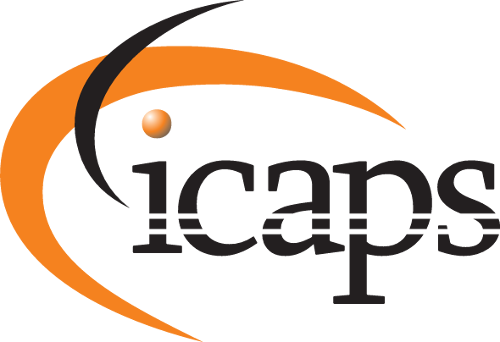Call for Tools Papers
The ICAPS 2025 Program Committee have introduced a new type of submission that follows the example of conferences such as TACAS and CAV to encourage and reward with visibility community efforts towards developing, maintaining and extending publicly available tools that enable and facilitate research into planning and scheduling.
It is common place that submissions to ICAPS include a brief section discussing implementation and engineering issues. The purpose of introducing a specific type of submissions with slightly different instructions to the rest is to put into focus the engineering issues in a self-contained and autonomous fashion, separate from contributions that focus on algorithms, theory or representations.
Doing so provides useful context to evaluate novelty of submissions. The subject of Tools papers can be refinements or optimizations of existing algorithms or techniques. Therefore, these submissions may not be novel from a theoretical or algorithmic perspective, but may well be so from an engineering perspective and have wide-ranging, long-standing impact.
For instance, the “two-literal watch rule” was not a significant innovation from a theoretical or algorithmic perspective, but its introduction along with other important techniques, had profound impacts in the applications and direction of research in Boolean Satisfiability.
Specific Instructions for Tools Papers
Submissions must describe tools of broad interest and utility to the ICAPS community.
Tools papers are required to provide an “artifact” along with a paper (either long or short) whose format and content satisfies the requirements given in the Call for Papers. Arfifacts are defined as additional material (software, data sets, etc.) that substantiates claims made in the paper and renders them fully replicable. An artifact may for instance consist of a tool and its accompanying documentation, the input files used for the evaluation of the tool in the paper, and configuration files or other documents that describe the parameters used in the experiments.
Papers in this category must clearly describe the problem to be solved, its importance, related work, the techniques used in the tool and their novelty, the construction of the tool, its unique features, a discussion of how the tool is used and an evaluation of the usefulness of the tool along with a comparison with other tools and previous versions of the tool.
Reviewers are instructed to read the corresponding paper and evaluate the artifact according to the following criteria included in our instructions for reviewers:
- consistency with and replicability of results presented in the paper,
- completeness,
- documentation and ease of use,
- availability in a permanent online repository.
There is no requirement of anonymising the artifact, so these submissions are de-facto single-blind. Still, we expect that the paper submitted for review satisfy the requirements of double-blind review outlined in the Call for Papers.
Artifact Submission
Artifacts must be submitted as part of the Supplementary Materials section in the OpenReview submission form. The following text files must be found in the ZIP archive submitted as supplementary materials:
- an abstract (ABSTRACT) that summarises the artifact and its relation to the paper,
- a license document (LICENSE) for the artifact that must, at the very least, allow the assigned PC members to evaluate the artifact,
- an instructions document (README) that includes:
- a hyperlink to the artifact (not the binary or source code of the artifact),
- a script to install and configure the artifact (e.g. Docker file or similar),
- detailed instructions that enable the PC to quickly verify that the artifact is running properly,
- detailed instructions for using the artifact to replicate the results in the paper, including estimated resources if these are non-trivial.
We recommend the use of Markdown to format these text files. We recommend that artifacts are configured for broad availability: Ubuntu 22.04 or better, Windows and MacOs. Broad availability is one of the criteria for evaluating submissions.
The artifact hyperlink must point to a service or repository that allows interaction with or downloading the artifact in a completely anonymous fashion. Failure to do so, or active attempts to identify the PC members reviewing the artifact, will lead to summary desk rejection.
